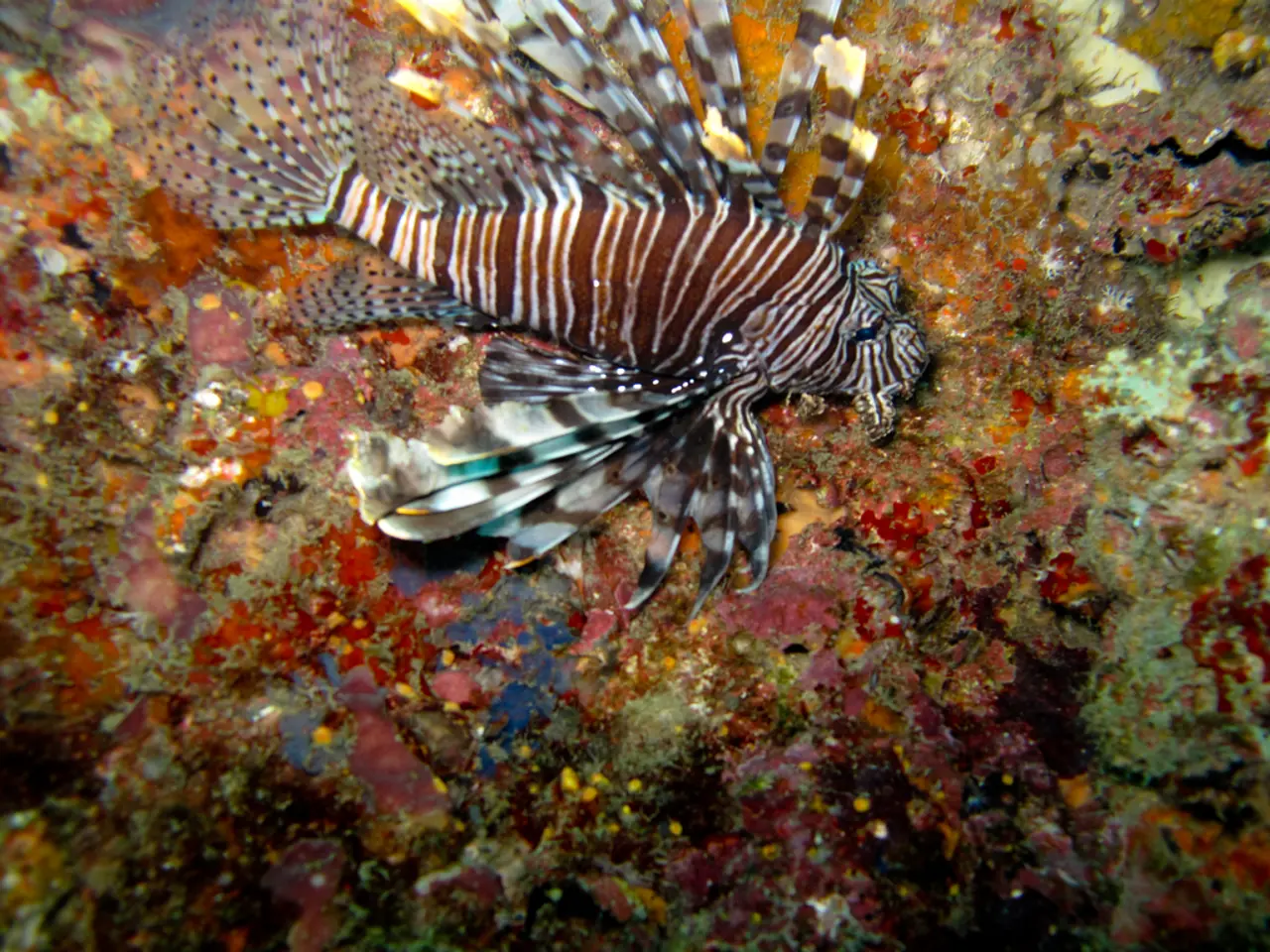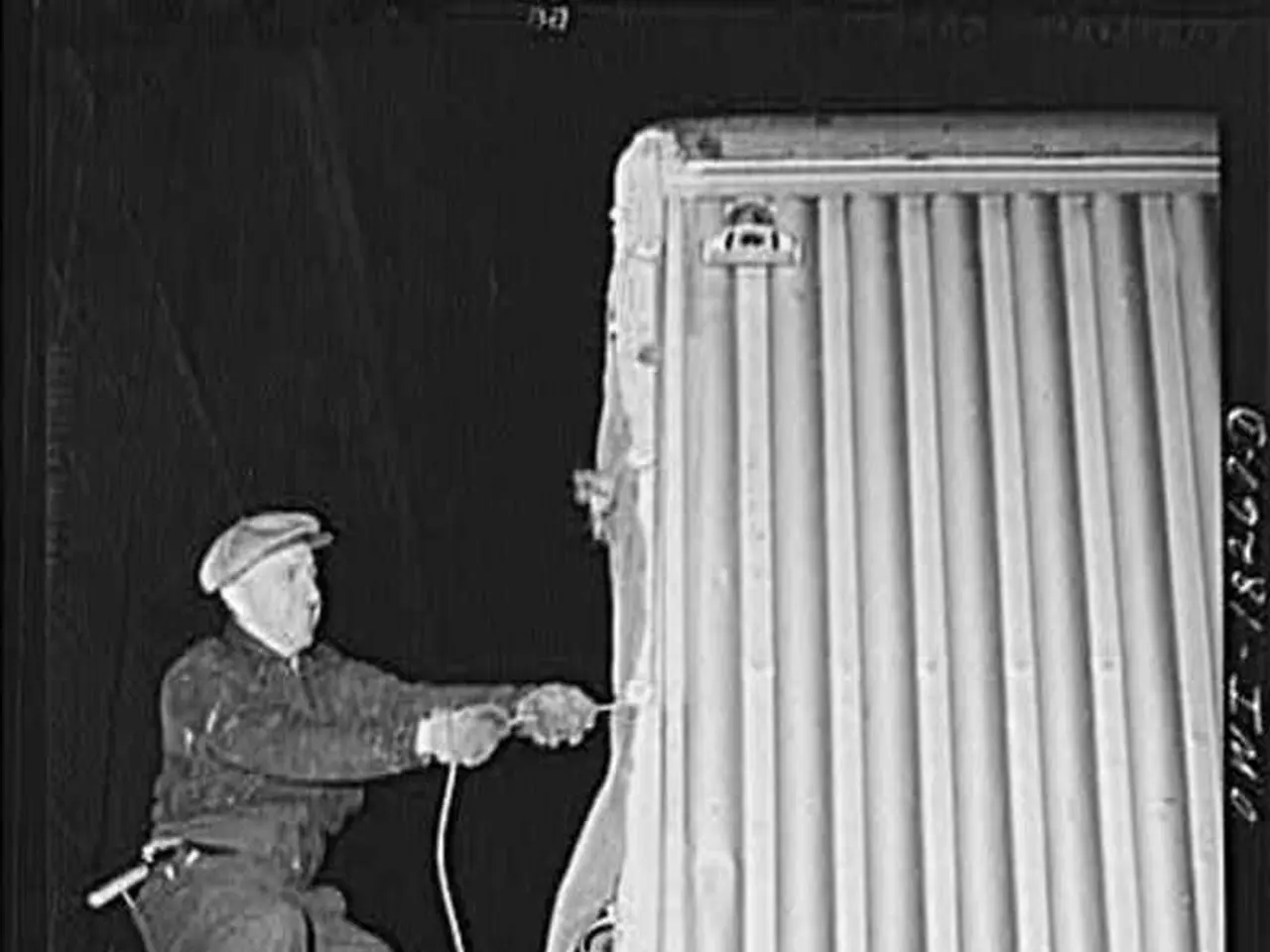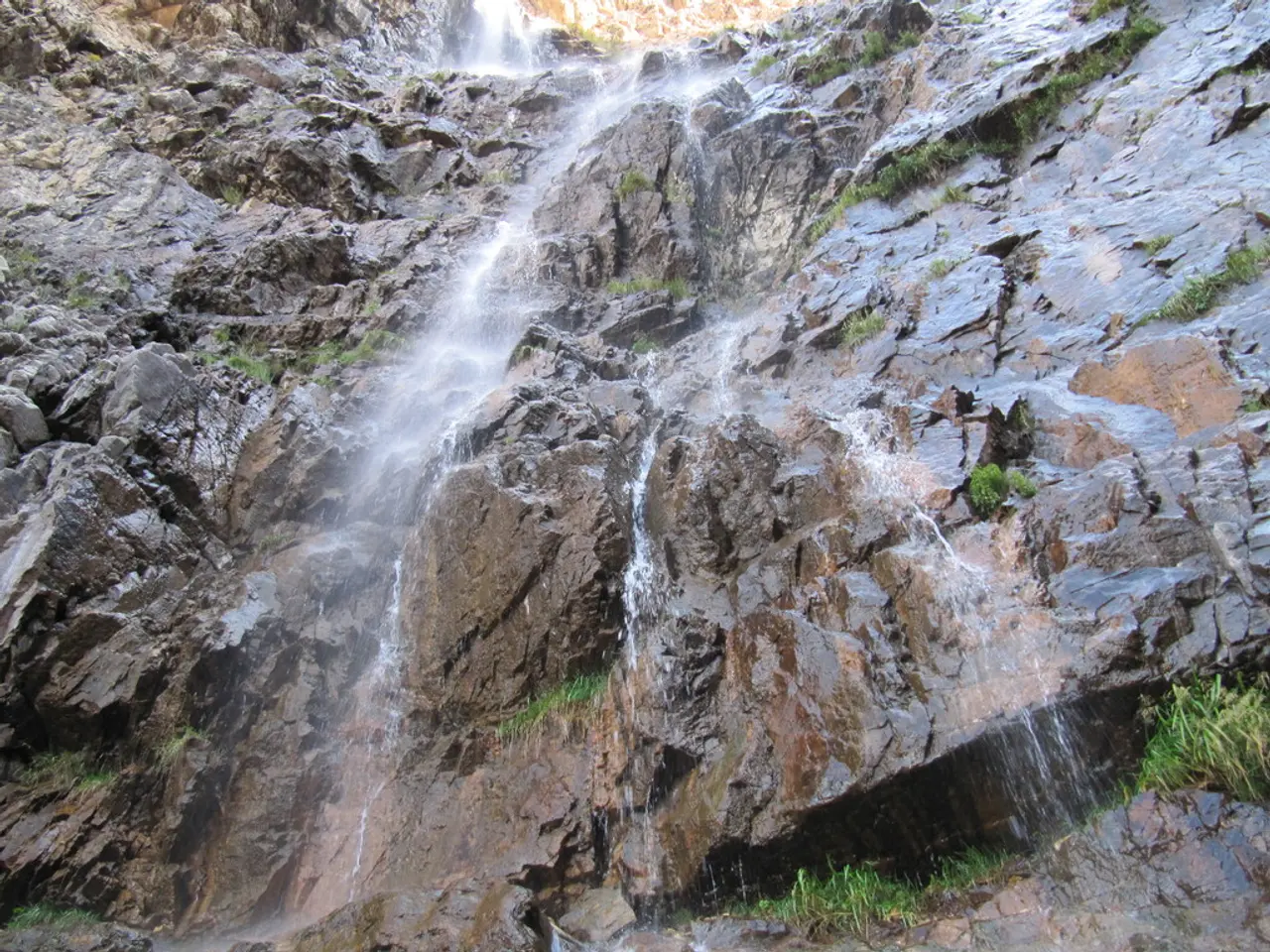Offshore fishing: crucial facts and insights revealed
### Offshore Fishing: A Comprehensive Preparation Guide
Embarking on an offshore fishing adventure promises thrilling encounters with large marine species, but it demands meticulous planning and preparation. Here's a comprehensive checklist to ensure a safe, comfortable, and successful offshore fishing trip.
#### Safety Equipment
Safety is paramount when venturing into the deep sea. Essential safety equipment includes U.S. Coast Guard-approved life jackets/Personal Flotation Devices (PFDs) for every person on board, emergency signalling devices such as flares, an Emergency Position Indicating Radio Beacon (EPIRB) or Personal Locator Beacon (PLB), first aid kits, fire extinguishers, and waterproof VHF radios.
#### Navigation and Communication
Equipping your vessel with navigation essentials like GPS devices, chartplotters, or smartphones with offline maps, and a compass for backup, is crucial. A satellite phone for offshore coverage and a marine radio can also be invaluable for maintaining communication.
#### Boat Maintenance and Tools
Before setting sail, conduct a thorough hull and mechanical inspection, ensuring fuel systems are leak-free, and propellers, shafts, and outboards are in good condition. Carry spare parts, tools, and marine-grade sealant for potential repairs. Anchoring gear, including anchors, spare anchors, dock lines, and fenders, should also be on board.
#### Fishing Gear
A variety of lures, natural and artificial bait, terminal tackle, leader, and replacement fishing line are essential. Fish handling equipment such as fish bags, gaffs, bait nets, de-hookers, descending devices, and sharp fillet or bait knives will aid in managing your catch. Organized storage for lures, tools, and accessories will keep the deck clear and gear accessible.
#### Personal Essentials
Protecting yourself from the elements is vital. High SPF sunscreen and lip balm, insect repellent, at least 2 liters of water per person, and high-energy snacks like trail mix or jerky are recommended. A dry bag for valuables like phone, wallet, and camera is advisable. Proper clothing, including weather-appropriate layers, a hat, sunglasses with polarization, and foul weather gear if offshore conditions are expected, will ensure comfort.
#### Documentation and Miscellaneous
Ensure all necessary permits, including a fishing license, are current and on board. Keep boat registration and licenses in a waterproof container. Prepare a list of emergency contacts and file a float plan detailing your route and expected return time with a trusted contact.
#### Pre-Departure Checks
Verify weather conditions and have a plan for changing weather. Conduct a crew briefing, ensuring everyone knows safety procedures, location of emergency equipment, and communication protocols.
Offshore fishing, conducted at least 10 miles from the shore and in a minimum depth of 30 feet, requires a personal power backup solution to operate devices such as mobile phones, cameras, GPS devices, marine radar, etc. A portable cooler keeps caught fish fresh during offshore fishing, and a bigger vessel with enough space for 4 to 5 persons is necessary.
Customize this checklist based on your boat size, trip duration, and fishing target. Regular practice with safety drills and equipment checks ensures you’re prepared for any situation offshore. Happy fishing!
Sports equipment, such as fishing rods, reels, and shore fishing tackle, should be included in your offshore fishing gear to ensure a successful catch. A cooler to keep bait fresh and a fishing chart or map to identify productive fishing spots can enhance your offshore sports experience.






